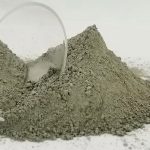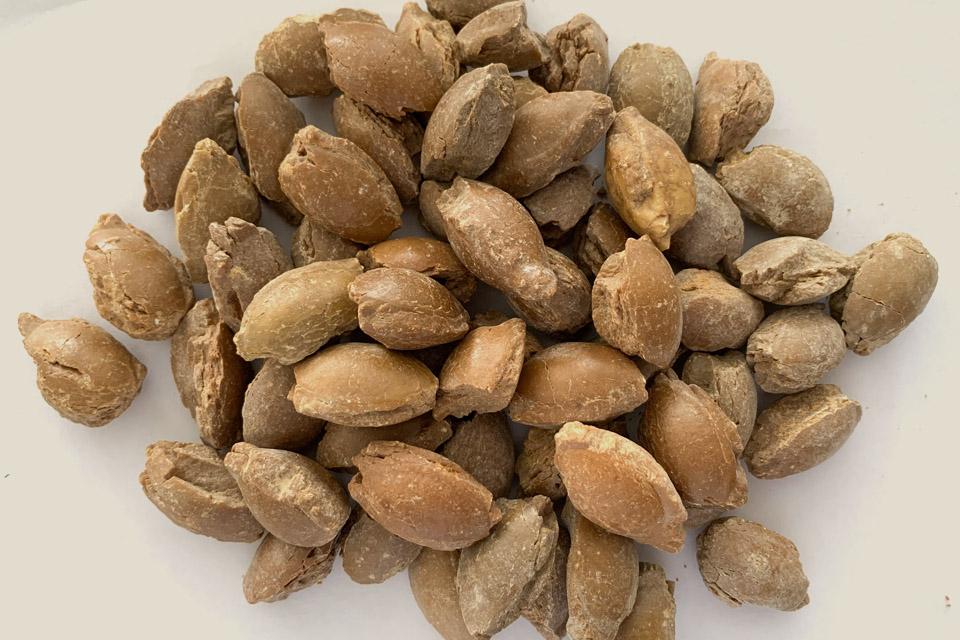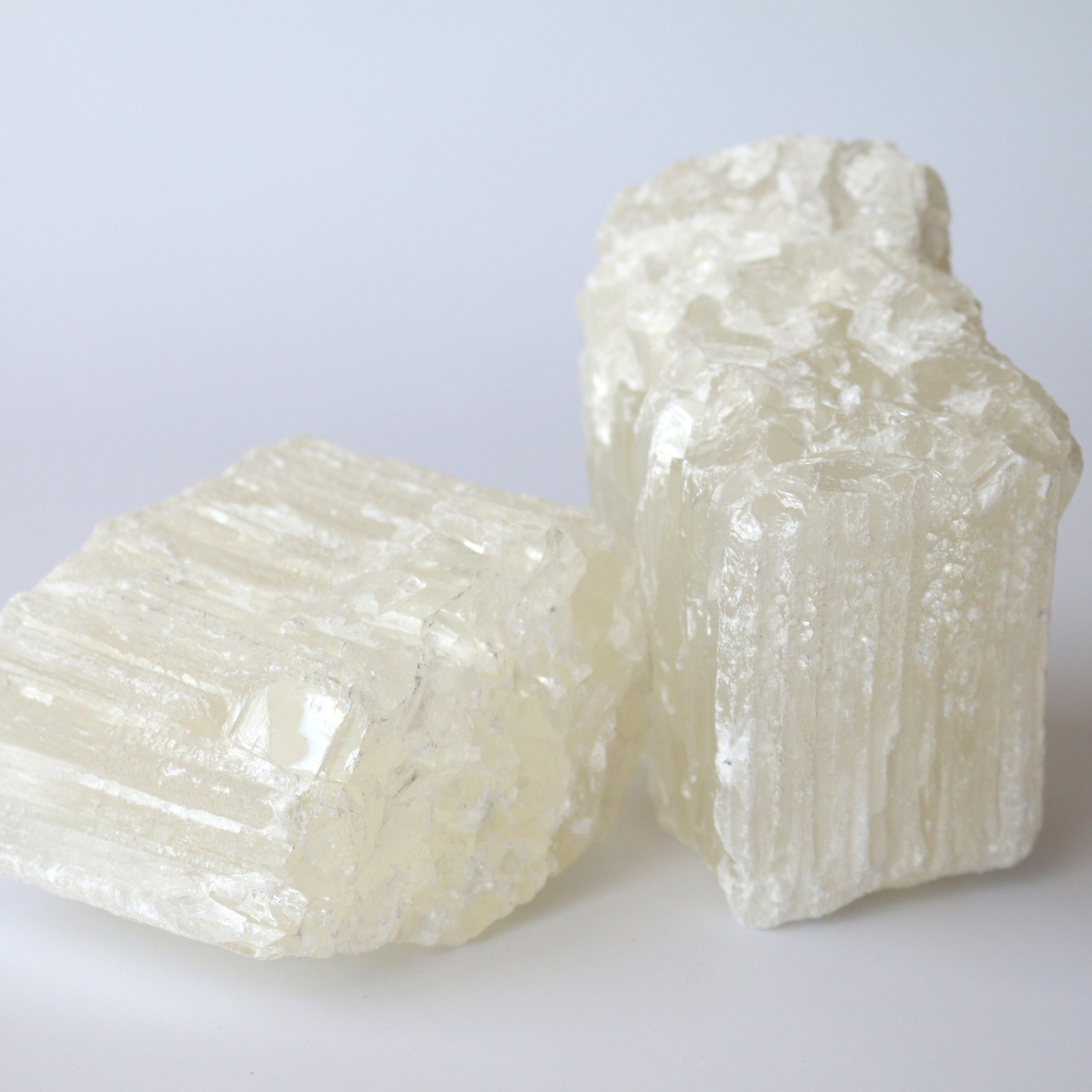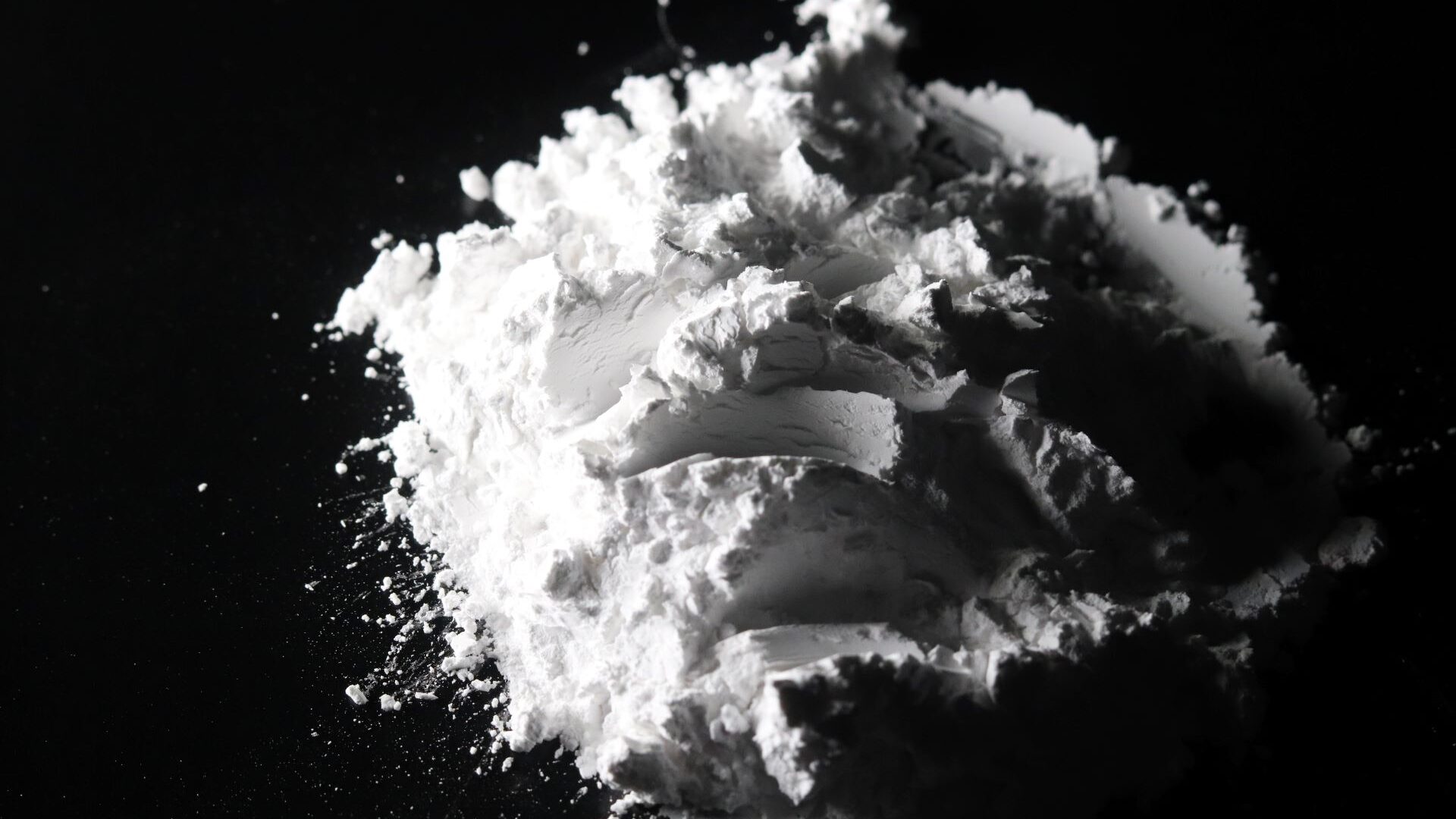The global petrochemical industry stands at a pivotal moment. The dual pressures of increasing global demand and a worldwide push for decarbonization are forcing producers to innovate at an unprecedented pace. This evolution has profound implications for every component within a processing plant, especially the refractory linings that are essential for safety, efficiency, and reliability.
As process technologies advance and new feedstocks are introduced, the demands placed on refractory materials are becoming more extreme. The future of petrochemicals will be defined by those who can successfully navigate these challenges. This requires a deep understanding of the emerging trends and a partnership with material suppliers who are prepared for what comes next.
Key Trends Forcing Refractory Evolution
The operational landscape for petrochemical refractories is being reshaped by several powerful global trends. These are not distant concepts; they are actively influencing design, maintenance, and material selection decisions today.
- The Transition to Green Hydrogen and Syngas: As the world moves towards a hydrogen economy, the processes for producing it are under intense scrutiny. Whether through steam methane reformers (SMRs) or new gasification technologies, refractories face extreme temperatures, high pressures, and atmospheres rich in hydrogen and carbon monoxide1. This requires specialized materials that can resist chemical attack and hydrogen embrittlement.
- The Rise of the Circular Economy: The push to create a circular economy is leading to new processes like the chemical recycling of plastics and the gasification of biomass. These alternative feedstocks introduce a host of new challenges for refractory linings, including exposure to a cocktail of corrosive elements like chlorides, alkalis, and heavy metals not found in traditional hydrocarbon feeds2.
- Maximizing Efficiency and Reliability: With volatile energy prices and slim margins, maximizing the thermal efficiency and uptime of critical units like fluid catalytic crackers (FCCU) and sulfur recovery units (SRU) is paramount3. This translates to a need for refractories with better insulating properties, longer service lives, and greater resistance to thermal cycling to minimize costly shutdowns.
Overcoming New and Persistent Material Challenges
While the trends are new, many of the underlying challenges are intensifications of long-standing issues. The future demands refractory solutions that can withstand a multi-faceted assault.
- Extreme Chemical Attack: In Sulfur Recovery Units, refractories must endure highly corrosive sulfidic atmospheres, especially in the reaction furnace4. In gasifiers and reformers, the risk of CO attack, which can cause catalytic carbon deposition and subsequent refractory degradation, is a major concern that requires materials with very low iron content5.
- Severe Abrasion and Erosion: The constant movement of catalysts, particularly in FCC units, creates highly abrasive and erosive environments. Refractory linings in cyclones, risers, and slide valves must be exceptionally hard and resistant to wear to prevent premature failure and catalyst contamination6.
- Thermal Shock and Cycling: The operational nature of petrochemical plants often involves frequent startups, shutdowns, and process fluctuations. This thermal cycling induces significant stress in refractory materials, leading to cracking and spalling. Materials with excellent thermal shock resistance are essential for ensuring lining integrity over the long term.
The Next Generation of Petrochemical Refractories
Meeting these future challenges is not possible with yesterday’s materials. The industry requires a new generation of highly specialized, engineered refractory solutions. The focus is on precision and performance, with material formulations tailored to specific unit conditions.
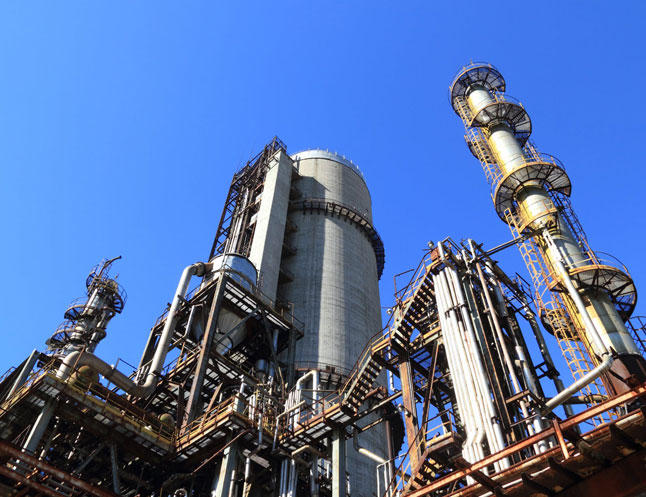
This includes the development and application of:
- High-purity, low-iron, and low-silica monolithic castables to resist CO attack and chemical corrosion.
- Extremely dense, abrasion-resistant materials formulated with hard aggregates for use in high-wear areas.
- Advanced insulating materials that reduce heat loss, lower shell temperatures, and improve overall process efficiency.
- Specialty products with anti-coking properties to maintain flow and efficiency in hydrocarbon processing units.
Successfully navigating the future of the petrochemical industry requires a proactive approach to material selection. It means choosing a partner who not only supplies a product but also understands the intricate relationship between process chemistry, thermal dynamics, and refractory performance.
Navigate the Future with a Trusted Refractory Partner
The evolution of the petrochemical industry demands more from your refractory solutions. At Pennekamp Middle East, we are committed to being at the forefront of this change, providing not just materials, but expertise and a comprehensive portfolio designed for the challenges of tomorrow.
Contact us today to discuss your plant’s specific challenges and discover how our advanced refractory solutions can enhance the reliability, efficiency, and safety of your operations.





